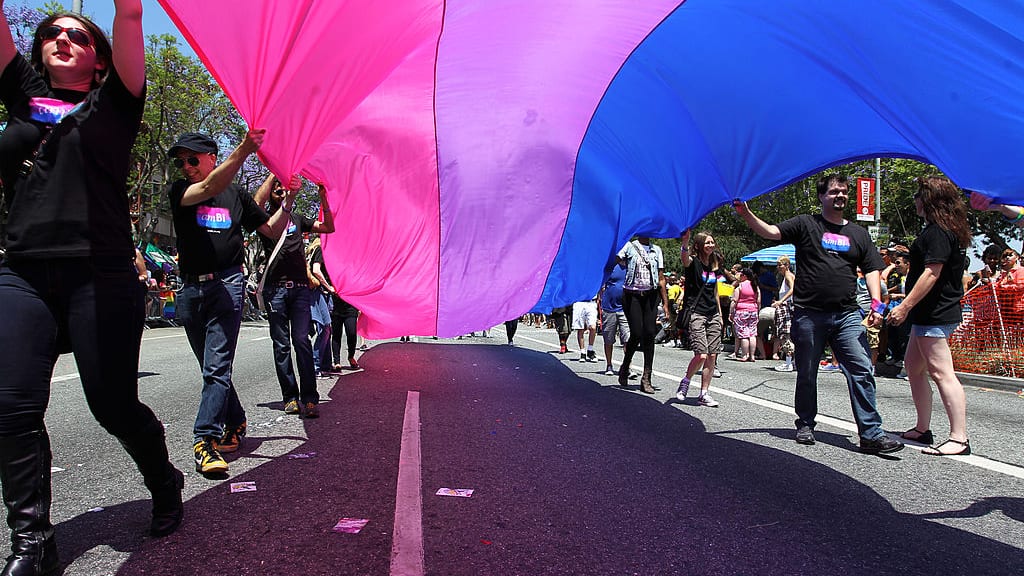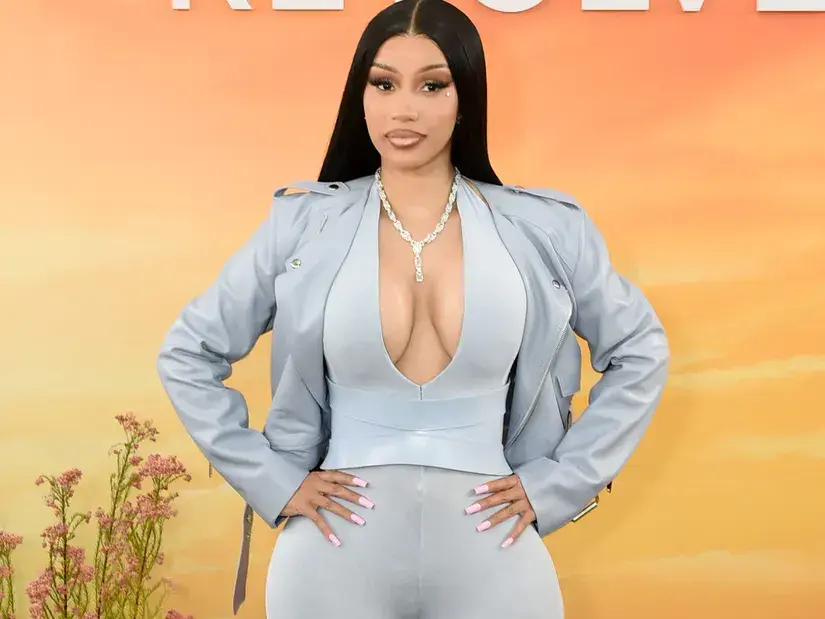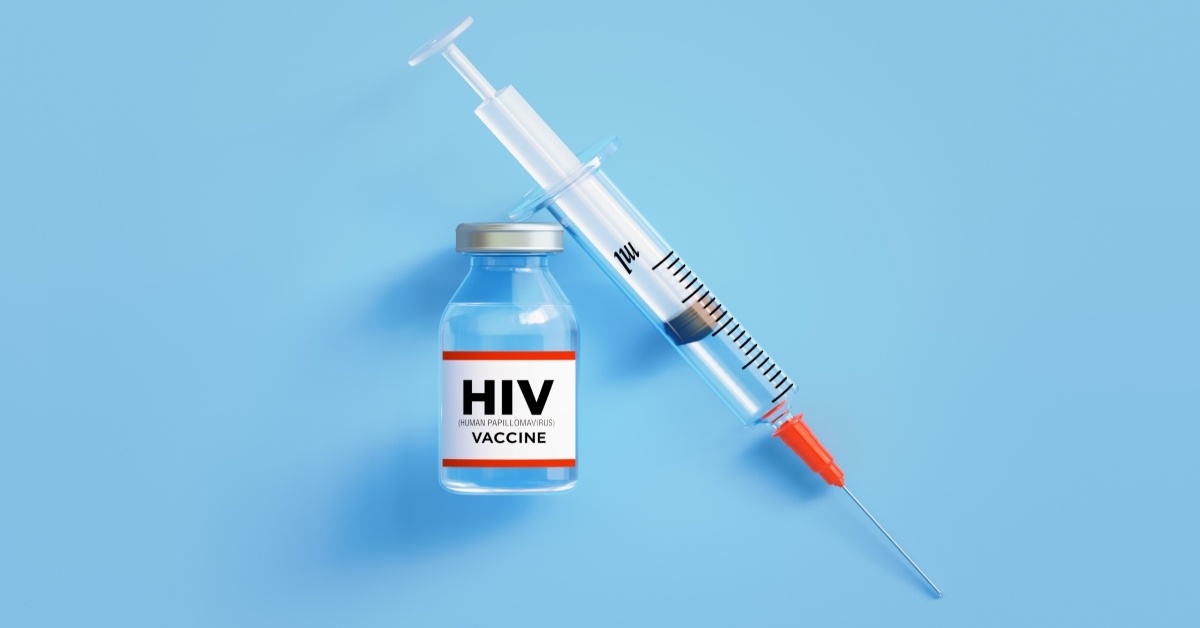2 myths and 3 truths about bisexuality
Misinformation and myths about bisexuality abound despite it being the largest segment of the LGBTQ+ community in terms of sexual The post 2 myths and 3 truths about bisexuality appeared first on TheGrio.

Misinformation and myths about bisexuality abound despite it being the largest segment of the LGBTQ+ community in terms of sexual orientation.
In 1998, bisexual activist Michael Page, striving to find a way to bring the bisexual community together, designed a new Pride flag to bring awareness to bisexuality, per Time. He chose a fuchsia stripe at the top to represent women, a royal blue stripe at the bottom to represent men and a lavender stripe in the middle to symbolize an attraction to both.
The flag’s creation coincided with the launch of the first Bisexual Visibility Day on Sept. 23, 1999. The day and the flag allowed bisexual people to feel better represented in LGBTQ spaces like Pride parades.

Twenty-five years later, the sexual orientation remains woefully misunderstood. Many conflate bisexuality with the broader concept of homosexuality. Others are still conflating sexual orientation with gender identity and gender expression. As we mark another Pride Month, theGrio is dispelling two of the biggest myths surrounding bisexuality and sharing three truths.
Myth: You can’t identify as bi unless you’ve been in a relationship with both men and women
This myth persists in common discourse today despite being long dispelled. More than 10 years ago, GLAAD addressed this myth head-on, saying, “Many people know they are bisexual before they are ever in a relationship, just as many people know they are gay or straight at young ages. It is not necessary to have romantic experience with both genders or either gender before identifying as bisexual. Moreover, when a bisexual person gets married, their orientation does not change.”
Myth: People who are bisexual do not face discrimination or oppression
Biphobia –prejudice, fear or hatred directed toward bisexual people – is real. There is also bi-erasure. According to the Human Rights Campaign (HRC), bisexual people face exclusion from LGBTQ spaces and conversations. The HRC explains that others see bisexual people as either gay or straight, depending on their partner at the time. All of this can lead to alarming mental health struggles.
The HRC further notes that because of biphobia and bi-erasure, bisexual people suffer “significantly higher” rates of depression and anxiety, domestic violence, sexual assault, and poverty than lesbians, gay men or straight cisgender individuals.
Truth: A person does not have to be equally attracted to males and females in order to be bisexual
According to the HRC’s definition, “A bisexual person is someone who is emotionally, romantically or sexually attracted to more than one sex, gender or gender identity, though not necessarily simultaneously, in the same way or to the same degree.”
Truth: People who are bisexual can be, and are, in committed, monogamous relationships
The idea that bisexuals are noncommittal sexual hedonists is simply just not the truth for all. There are many bisexuals in loving, committed, monogamous relationships. Per GLAAD, bisexuals are not any more likely to engage in multiple relationships at one time than straight or gay people are.
“Bisexuals are not immoral, deceiving, or less safe than people of other orientations. Being bisexual has to do with who a person is attracted to, but has nothing to do with how they date or what kinds of relationships they prefer,” writes GLAAD.
Truth: Bisexuality is the largest group under the larger LGBTQ+ umbrella
Studies show that roughly 50% of all people who identify as LGBTQ identify as bisexual (or a related sexual orientation such as pansexual or sexually fluid), making them the most prominent group under the larger LGBTQ+ umbrella.
This group is also on the rise. Whether it’s the growing awareness or the continually changing culture around acceptance, nearly a third of millennials and Gen X identify as neither straight nor gay, per GLAAD.
TheGrio is FREE on your TV via Apple TV, Amazon Fire, Roku, and Android TV. TheGrio’s Black Podcast Network is free too. Download theGrio mobile apps today! Listen to ‘Writing Black’ with Maiysha Kai.
The post 2 myths and 3 truths about bisexuality appeared first on TheGrio.












